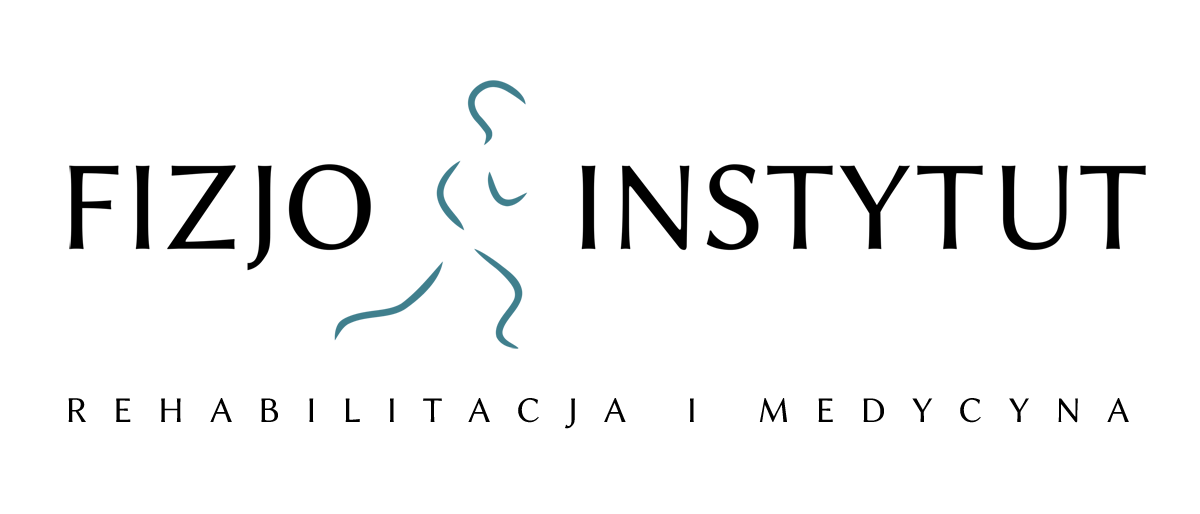Manual therapy is the mechanical work of a physiotherapist on the patient’s tissues. The physical therapist introduces specific movement in different directions and planes within a joint, muscle, nerve or fascia. There is a lot of scientific evidence supporting the beneficial biological effects on tissues through manual actions. Many people confuse manual therapy with massage. Massage is just “touching” and moving muscles. Manual therapy introduces specific movement into various tissues in order to restore the proper biomechanics. It includes f.ex. joint slides, functional muscle therapy, neuromobilization. Manual therapy should be supported with appropriate muscle training to consolidate the effects. In recent years, several documented effective methods of manual therapy have been developed in the world.
Physiotherapists in Fizjo Instytut work with methods described below. To become a certified therapist for a given method, a physiotherapist spends even several years studying at postgraduate courses in his country and abroad and has to pass exams authorizing to work with a given method.
Cyriax manual therapy (Great Britain)
It is a system of examination, diagnosis and therapy of the spine and peripheral joints. It is based on thorough patient testing to make an accurate diagnosis. It helps to answer the question of whether the problem is caused by a joint, a muscle or a nerve? Cyriax therapy includes: deep transverse friction and traction or manipulation techniques.
Lewit Manual therapy (Czech Republic)
Prof. Karel Lewit was one of the fathers of manual medicine. He created a system for examining and treating the spine and peripheral joints. He believed that the causes of the problem should be found not only in the place of pain, but above all in other areas of the body. The body should be viewed as a chain of interrelated pathologies. Lewit, after many years of experience and observation, created a number of techniques for mobilizing, manipulating and actively exercising the patient.
Kaltenborn-Evjenth manual therapy (Norway)
The therapist performs specialized manual tests to determine whether the source of pain is in tense muscle, an irritated nerve or a degenerated joint. Depending on the test result, a specific treatment technique is selected. An overstrained or shortened muscle, a pinched nerve, or a degenerated joint are treated differently. Techniques include transverse massage, functional massage, post-isometric relaxation, joint mobilization, joint manipulation and neuromobilization.
Maitland manual therapy (Australia)
Therapy involves therapeutic techniques that affect the joints, muscles and nervous tissue in both the spine and peripheral joints. It consists of rhythmic, passive, painless movements introduced into the tissue (mobilizations) and rapid movements (manipulations). Maitland believed that the most important thing is to solve a given functional problem by eliminating pain sensations, restoring proper mobility in the joint and normalising muscle tension. The relationship between spine movements and pain symptoms from the central nervous system was important for him. In this concept, the most important thing is not to discover the immediate cause of the dysfunction, but to observe the symptoms and apply the best therapeutic technique. After each technique used, the patient is re-examined to see how pain, mobility and muscle tone are changing. Depending on the result, further treatment is modified.
McKenzie manual therapy(New Zealand)
Therapy to heal the spine through active patient movements. The therapist and the patient are looking for this direction of movement that brings a relevant improvement after a few repetitions. The therapy is carried out in accordance with the principle of grading strength, i.e. first the patient performs the movement on his own, then with his own pressure, then with the help of the therapist, and then, if it is necessary, there is a place for the manual techniques, f.ex. mobilization or manipulation. Patient education is important. The patient should understand and be able to perform everyday activities in the correct movement patterns, which helps to prevent overloads in the locomotor system.
Mulligan manual therapy (New Zealand, Great Britain)
Mulligan’s therapy is based on active patient movements combined with passive correction of the joint position held by a physiotherapist. The Mulligan techniques are based on:
- painless, functional loading of the articular surfaces with the force of gravity
- combining passive movement in the plane of the articular surfaces with active movement
- applying overpressure at the end of the painless movement range
- applying an appropriate number of repetitions
- homework
